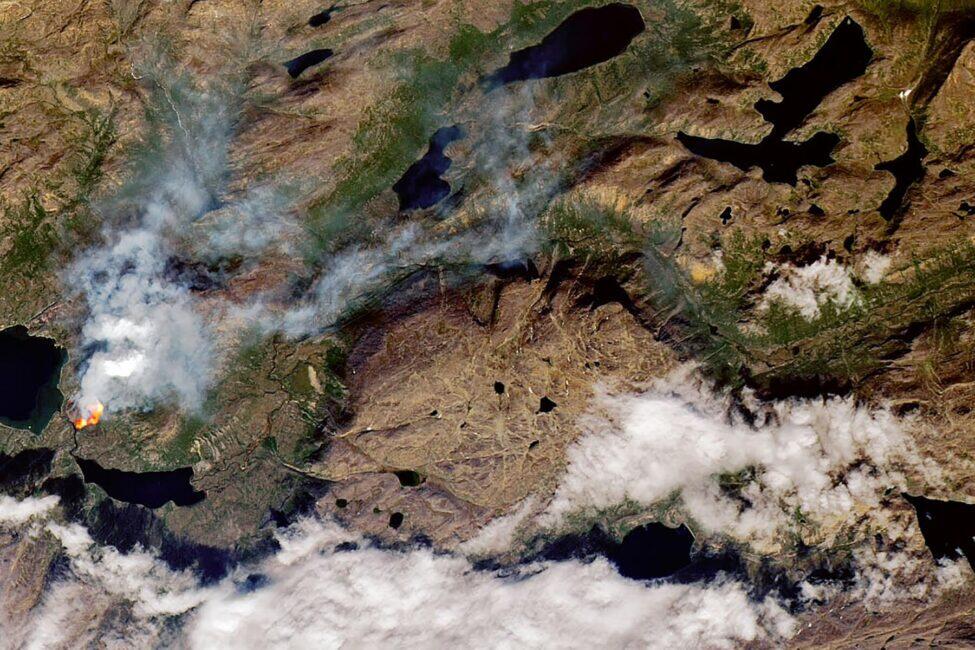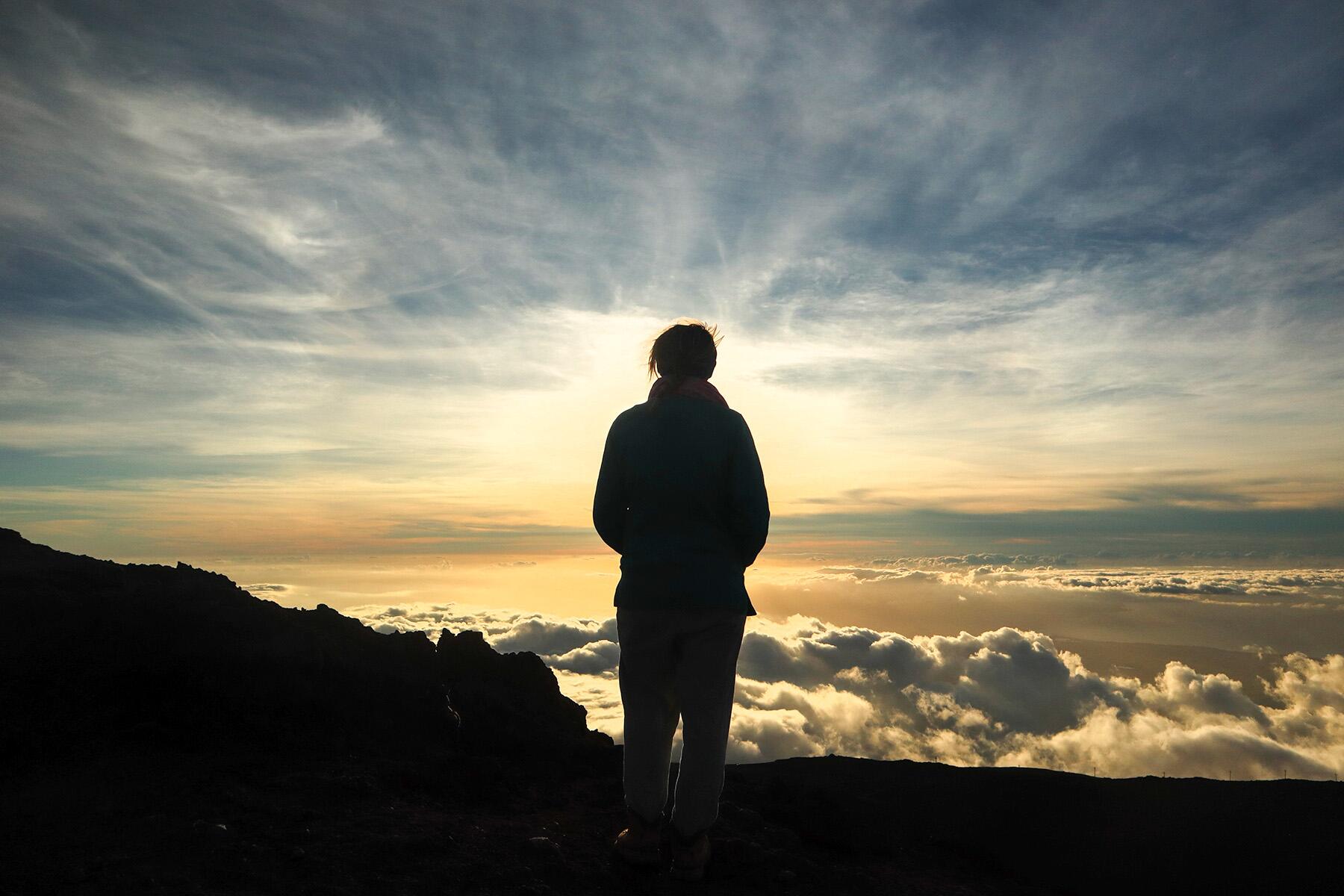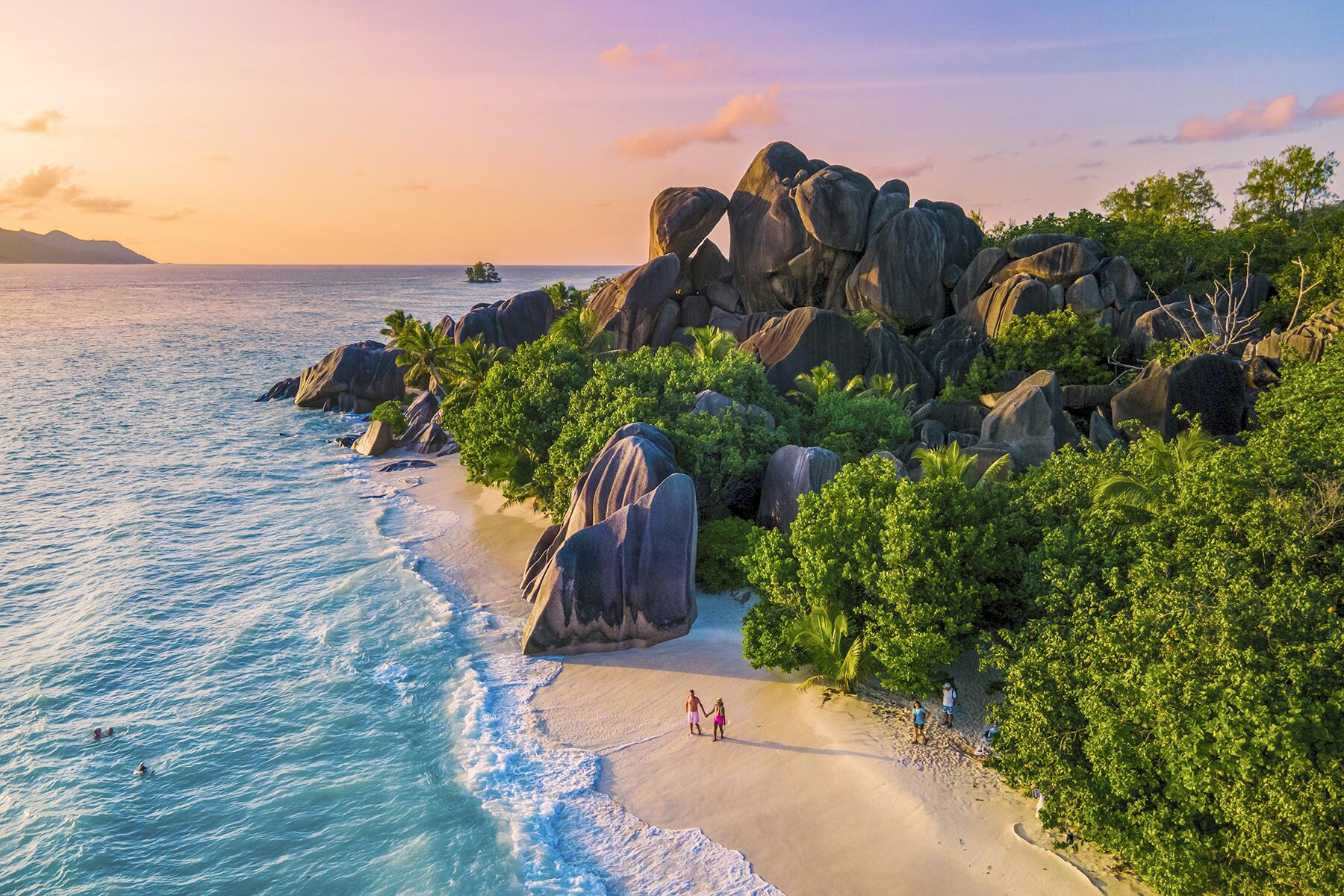Of all the scenarios I’d prepared for in the Arctic, wildfire wasn’t one of them.
The Arctic Circle Trail (ACT) in Greenland had long-been on my bucket list. The 103-mile route, which lies entirely within the Arctic Circle, is the longest waymarked trail in Greenland and traverses one of the largest ice-free areas in the country. The trail runs from the inland outpost of Kangerlussuaq to the town of Sisimiut on the west coast and takes around seven to 10 days to complete.
With only around 1,500 people completing the trek annually, the trail is one of the world’s least trafficked. At one point, trekkers find themselves over 50 miles away from the nearest settlement. It is remote, untamed, and peaceful.
Across the Arctic Tundra
The trek was going well; I was hiking up to 16 miles a day and ahead of schedule. Known as the “land of a hundred lakes,” the ACT traverses a mountainous backcountry of verdant valleys, glacial lakes, and sweeping Arctic tundra. The landscape does, however, lack trees—something I’d later be grateful for. At night I camped alongside lakes and slept soundly despite the midnight sun; during the Arctic summer, there’s round-the-clock sunshine.

On the seventh day, with fewer than 20 miles and 24 hours of my journey remaining, I approached the bottom of the Kangerluarsuk Tulleq fjord where I met two hikers. They told me of a small peat fire they’d seen in the previous valley.
Recommended Fodor’s Video
“It’s nothing to worry about,” they remarked lightly. “It just spoils the view.”
Unconcerned, I continued. As the miles ticked by, I noticed a fog crawling into the valley ahead but I remained unfazed. As the couple had said, it spoiled the view but there were no alarms sounding yet.
As the miles ticked by, I noticed a fog crawling into the valley ahead but I remained unfazed. As the couple had said, it spoiled the view but there were no alarms sounding yet.
Stopped in My Tracks
As the valley and trail began to turn toward the source of the smoke, I met another hiker. He’d been in the area for some time and was clearly anxious. I could see why. The valley was quickly filling with dense fumes. Initially, we tried to retreat and see if the situation would improve, but it was clear we couldn’t remain where we were.
Still intent on completing the trek, we studied the map and decided to clamber over a ridge into the neighboring valley where we could potentially rejoin the trail. It took two hours to gain the crest, but our hearts sank when we peered into the adjacent valley. It was filled with a thick haze. A smoke-filled U-shaped valley now surrounded us on three sides and high mountains on the fourth. I realized our situation was no longer a matter of how to rejoin the trail, but of how to escape.
We were carrying satellite phones but didn’t want to call out the emergency services unnecessarily. The indecision was excruciating, especially as we were still holding onto thoughts of finishing the trail. We waited another hour to see if the situation improved. It didn’t.
I realized our situation was no longer a matter of how to rejoin the trail, but of how to escape.
The smoke around us thickened and we both began coughing; there really was only one thing left to do. Begrudgingly, we hit the emergency red button. The response was outstanding and we were soon rescued by a helicopter stationed at the Danish Arctic Command base at Kangerlussuaq. Demoralized, I was back where I’d started.
Wildfires in the Arctic?
I was intensely disappointed but deeply grateful to be alive and healthy. While wildfires on the Arctic permafrost are not entirely uncommon, it was not something I’d prepared for. This was Greenland after all—an island that’s 80% ice.
I’ve since learned that one of Earth’s coldest environments is not one of its wettest. In fact, the Arctic is home to the world’s second-largest desert after Antarctica. However, unlike Antarctica, the Arctic is carpeted in combustible vegetation and peat bogs that are baked dry during the summer months. It’s worth noting that I didn’t see any rain during my trek. The days were hot, dry, and–thanks to the midnight sun–seemingly endless.

The last two summers have seen unprecedented numbers of Arctic wildfires, making them the worst fire seasons the region has experienced. Temperatures in the Arctic are warming faster than anywhere else on Earth and these warmer conditions encourage fires to grow and persist once ignited. Thawed, dried peat bogs, combined with higher temperatures, create the perfect environment for wildfires. The fire I encountered raged for weeks and led to several more evacuations and the eventual rerouting of the trail.
How to Escape a Wildfire
Even though I escaped safely, I could have managed the situation differently. I’m an avid hiker and have vowed to return to Greenland to complete the ACT, but I’ve also vowed to be better prepared. If you choose to do so, as well, I recommend taking the following steps:
Stay Calm
Your first instinct may be to run, but panicking won’t help. Maintaining a calm state of mind is essential to escaping safely.
Protect Your Airways
Cover your nose and mouth with a cloth, buff, or scarf. Don’t wet the cloth if the fire is nearby as it can evaporate the water and damage your airways. Try to stay close to the ground as it’s likely to be cooler and will protect your lungs.
Travel Upwind
Work out the wind direction by observing the direction the smoke is moving. If the wind is blowing past you and toward the fire, then turn and head into the wind. If the wind is behind the fire and blowing toward you, then travel at a right angle to the wind to escape both the fire and its likely path.
…And Downhill
Fire moves faster uphill so it’s better to head downhill. The only exception is if it leads into a narrow canyon or ravine which can funnel heat or trap you.
Aim for Non-flammable Terrain
Once you know your direction of travel, try to target a natural firebreak or area with less combustible material. Some good options are large bodies of water, swamps, boulder fields, roads, riverbeds, open meadows, plowed fields, a clear-cut patch of woods, or an area that has already burned.
Steer clear of tall grass or thickets. Generally, large trees absorb more moisture than dry fields, so if you can’t find any non-flammable terrain, head for leafy greenery as opposed to dry undergrowth.
Don’t Try to Outrun the Fire
Wildfires can move at speeds of up to 20 mph and can easily overtake a runner. If the previous tactics haven’t worked, then try to make it through the leading edge of the fire into an area that has already burned.
Hunker Down if Trapped
If surrounded, then find a trench or gulley. Dig into its side so you have some earth above you and lie face down with your feet toward the flames. Cover yourself with a jacket, dirt, rocks, or anything that can shield you from the fire. Breathe air that’s closest to the ground and stay in place until the fire passes.
Practice Fire Safety
According to the US Forest Service, nine out of 10 fires are caused by humans. Campfires are the obvious culprit, but wildfires are also caused by fireworks, sparks from equipment or vehicles, burning leaves or debris, and cigarettes. As such, always follow the advice and principles of Leave No Trace.
The easiest and safest way to escape a wildfire is to prevent one in the first place.



